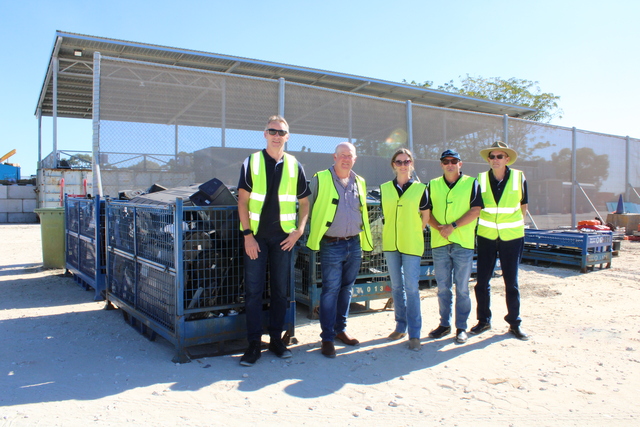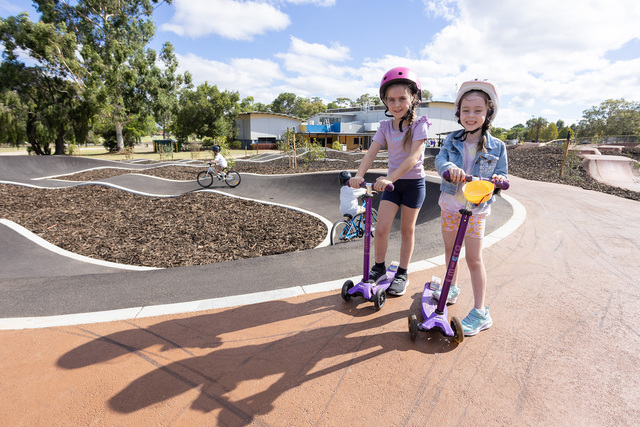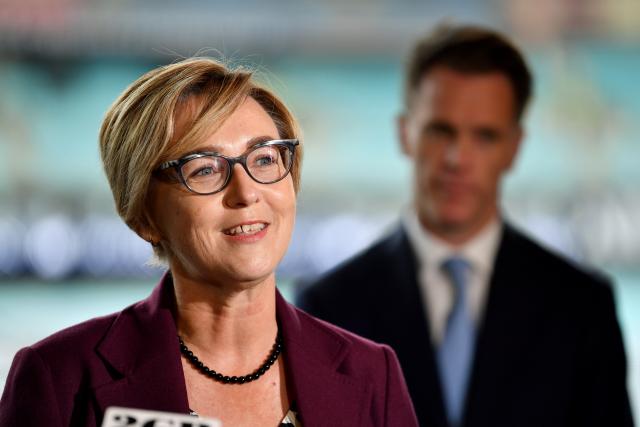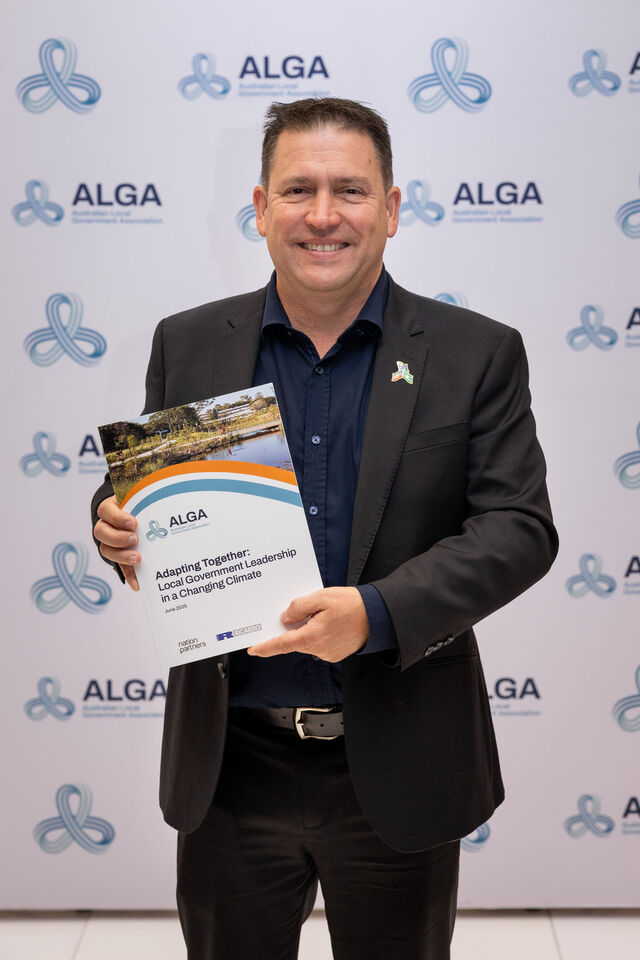Located just south of Melbourne’s CBD, Bayside City Council stretches more than 17 kilometres across the foreshore of Port Phillip Bay.
Bayside’s seaweed is an integral part of the beach environment, but in line with the principles of the Victorian Beach Cleaning Best Practice Guidelines, when the seaweed is highly contaminated, or when excessive quantities create a severe odour, it needs to be removed.
Council is committed to the environment and is always looking at ways to be more sustainable. As such, in 2007 it embarked on a study to determine the feasibility of collecting ‘off’ seaweed and recycling it, rather than sending it to landfill.
With the help of Victoria’s Department of Sustainability and Environment, Council monitored seaweed buildup, conducted audits and researched recycling options. From this, it found that the removal and reprocessing of seaweed was both economically and environmentally sustainable.
Council’s Acting Parks Coordinator Fiona Dodge said the study found that seaweed could be successfully shredded and composted at a green waste recycling facility.
“We found that recycling seaweed was a sustainable approach due to the comparative cost of sending it to landfill, together with the added benefits of resource recycling,” she said.
“To make sure we had an adequate amount of seaweed that was worthwhile for reprocessing, we had to gather seaweed over some months, as collection was dependent on tides and weather conditions. We also had concern from the green waste facility that if the seaweed sample was highly contaminated with litter or had too much water content, then it could affect the shredding process.
“Our study found that litter contamination was low and water content could be managed by drying the seaweed prior to collection.
“Another concern was whether the cost of recycling seaweed would be higher than sending it to landfill due to the distance involved in transporting the seaweed to the recycling facility.
“The study found that the cost of recycling was similar to landfill disposal, with the added benefit of reducing Council’s carbon output.”
Some 36 tonnes of seaweed were collected during Council’s trial removal.
The cost involved in sending this seaweed to a composting facility was deemed more cost effective than continuing with the current practice of sending seaweed to landfill.
Recycling facility Greenplanet accepted and processed Council’s sample seaweed and deemed the initial effort a success.
The seaweed sample, which was mulched and composted, was blended with other organic material.
“The shredding and blending of the sample seaweed was worthwhile from the recycling facility’s point of view and they have indicated to Council that seaweed would be welcomed on an ongoing basis,” Fiona Dodge said. “Bayside City Council will continue to monitor Bayside beaches and if it is necessary to remove seaweed, it is preferable that we recycle it rather than send it to landfill.”
For further information contact Council’s Parks Project Officer, Sarah Fowler, on (03) 9599 4444.







